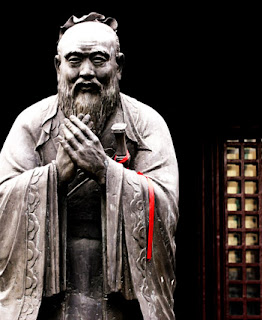 |
| (Google Image) |
By
Nurse Diane
When I learned I was pregnant, I was thrilled. I went to my doctor regularly, took my
vitamins, and did everything I was told to do by my doctor. I wanted to have a perfect and healthy
baby. However, as I grew older, I have
learned that some expectant mothers don't always do this, some because of
costs, and some because of knowledge. I
recently read an article about a woman in the military who learned she was
pregnant at the time the baby was being delivered. This occurrence actually happens more times that
you think.
Below is a Presidential Proclamation recognizing the
importance of the health of our children:
Presidential
Proclamation--Child Health Day
The health and well-being of a child is one of our most challenging, yet important, responsibilities, and we have an obligation to ensure that all our children can live, learn, and play in safe and healthy environments. On Child Health Day, we reaffirm the critical importance of the quality health care, nutritious foods, clean air and water, and safe communities our kids need to grow into strong and active adults. Parents and other caregivers set an example of healthy living and lay the foundation for our children's success. Whether providing nourishing meals, attending regular check ups, or encouraging outside activity, they teach the habits and values for mental and physical well-being that last a lifetime. However, the charge to protect the health of our young people extends beyond the home to our classrooms, playgrounds, and hospitals around the country. Today, our children face a new public health crisis we must address as a Nation, and we all have a role to play. In the last three decades, childhood obesity rates have tripled, and this epidemic threatens many young Americans, leaving them at risk for severe and chronic health problems, including heart disease, diabetes, and cancer. My Administration is committed to solving the childhood obesity epidemic within a generation, and earlier this year I created a Task Force on Childhood Obesity to examine inter-agency solutions and develop clear, concrete steps on how to address this national health crisis. Along with the Task Force, First Lady Michelle Obama's "Let's Move!" initiative empowers parents and caregivers to help their kids maintain a healthy weight and make healthy choices for their families. "Let's Move!" also encourages young people to choose wholesome foods, increase their physical activity, and develop life-long healthy habits. Child care providers and schools also have an important part in strengthening health and physical education programs and providing nutritious foods in cafeterias and vending areas.
In America, no parent should have to agonize over finding or affording health care for their child. To address this, the Affordable Care Act guarantees that children are eligible for health coverage regardless of any pre-existing condition. This landmark law extends the Children's Health Insurance Program, and requires basic dental and vision coverage for children under all health plans offered in the new health insurance exchanges beginning in 2014. It also expands our health care workforce, including increasing the number of primary care providers who treat children; forbids insurance companies from dropping coverage if a child or family member gets sick; and helps ensure access to free preventive services. As we mark these successes and the beginning of a new chapter in American health care this year, we also celebrate the 75th anniversary of the Social Security Act including title V of this milestone legislation, which supports maternal and child health programs and services across the country. Parents also should not have to worry about whether the conditions in which their children grow and play are unsafe or unclean. Prenatal and early-life exposures to allergens and environmental contaminants may have detrimental lifelong effects. We must take action for our children's and grandchildren's sake, and we must work together to reduce risks from environmental exposure at home, school, and play areas. Through coordinated efforts like that of the President's Task Force on Environmental Health Risks and Safety Risks to Children, my Administration will continue to empower Federal inter-agency collaboration to help ensure healthy homes and communities exist for our children.
 |
| (Google Image) |
Children are our most precious resource. They are our joy
in the present and our hope for the future. As loved ones and educators,
mentors and friends, we must do everything in our power to protect the health
and well-being of our Nation's children and the promise of their futures.
 |
| (Google Image) |
Today is National Child Health Day, for ways to get involved,
visit this site: http://mchb.hrsa.gov/childhealthday/









































